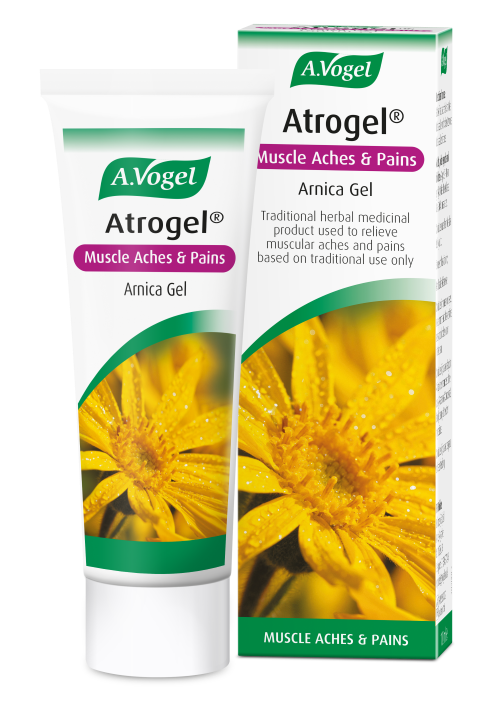Just how healthy are your muscles and joints?
Answer our questions and find out if your flexibility is compromised.
Find out how flexible you areCalf strains occur when you tear or overstretch one of the muscles in your lower leg. This type of strain is often accompanied by swelling and can sometimes restrict mobility. On this page, our muscle and joint advisor discusses the causes and symptoms of calf strain and recommends a range of natural remedies to ease tenderness and discomfort.
The calf is the group of muscles in your lower leg. Calf strain is a common muscle injury, most often associated with sports. It occurs when you damage or tear part of your muscle in your lower leg. It seems that men are more susceptible to this injury than women, with the most common age range being 25-45.
There are two muscles in your lower leg. The Gastrocnemius muscle is the larger of the two and it runs from the heel to above the knee joint. The second muscle is the Soleus muscle which spans from the heel to below the knee. Either of these muscles may be strained.
A calf strain occurs when the muscle is pulled or stretched too far and the muscle fibres tear away from the tendon. Often this is when you move your calf suddenly or in an unusual direction. They are common in sports such as squash and tennis because there are sudden sideways movements and lunging from standing. It sometimes happens after repetitive stresses or if your muscles have not been warmed up properly before exercise.
The first symptom is usually tightness or a sudden sharp pain in the muscle. The pain is felt more when standing on your toes, as this stretches the calf muscle. Swelling and tenderness when touched may develop, and can be too sore to stand on. The severity of strained calf muscles is categorised, so that the most effective treatment can be found:
There are several simple measures which you can take to cut down your risk of straining your calf muscles:
The treatment you need will depend on the severity of your injury. However, it is important that no matter how badly you have injured yourself you immediately follow the PRICE procedure:
It is also important that you do not HARM your muscle any further in the next 72 hours:
Many people have also found that extracts of arnica, such as Atrogel arnica gel, reduce pain swelling and bruising if applied frequently after the injury.
If you have experienced a Grade 3 injury then you are likely to have to undergo surgery to fix the problem. It is important to go to your doctor or hospital straight away to get this injury attended to.
Your doctor will probably encourage you to go to a physiotherapist to make sure that you develop full movement of your calf muscles after your injury. Frustrating as it may be, it is important not to return to high levels of activity until your injury has completely recovered and you no longer experience any discomfort at the site of the injury.
 Looking for a treatment to relieve pain in conditions such as muscle aches or pains, stiffness, rheumatic pain or after sporting injuries?
Looking for a treatment to relieve pain in conditions such as muscle aches or pains, stiffness, rheumatic pain or after sporting injuries?
Buy now from your local store.
“Excellent product, really helps with pain relief.”![]()
To find local independent stores in your area that sell Atrogel Arnica gel, simply type your postcode below.

Answer our questions and find out if your flexibility is compromised.
Find out how flexible you areAs the A. Vogel Muscles and Joints advisor, I recommend Atrogel® for the effective relief from aches and pains.
Learn moreCalf strain is one of the most common types of muscle strain, and running too soon after this type of injury can cause lasting damage.
When to start running again after calf strainDiscover the story of Alfred VogelNature is just about the best thing we’ve got!